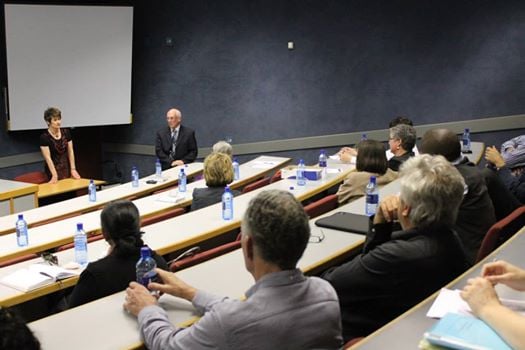
At the seminar hosted by the UAL on and engagement model for content literacy development Prof. J.T. Guthrie discussed the following:
We chart the pathways to the attainment of proficiency in content reading comprehension from secondary to tertiary levels. Drawing on investigations from many countries and ethnic groups, we identify the qualities of engagement in reading that generate growth in content reading achievement. Reading engagement in subject matter domains is generated partly from the learners’ motivations, beliefs and values for books and schooling. Interacting dynamically with these motivations, the learner’s language and cognitive processes for reading a variety of materials contribute to engagement. Energy from their will or motivation empowers students to learn the many skills of proficient reading. When engagement is deep and wide, students become self-initiating learners through reading. The chief contributors to engagement are educators and the teaching environment. Educators can use key teaching practices to build and sustain students’ engagement in content reading and writing. One set of practices includes direct instruction in cognitive skills of inferencing, summarizing and concept mapping with complex information text. A second set of teaching practices for motivation include: arranging collaboration, providing choices; showing benefits of reading, assuring success and fostering extended engagement. Descriptions and examples of these teaching practices for content reading engagement and achievement are provided.
/* Style Definitions */
table.MsoNormalTable
{mso-style-name:"Table Normal";
mso-tstyle-rowband-size:0;
mso-tstyle-colband-size:0;
mso-style-noshow:yes;
mso-style-priority:99;
mso-style-parent:"";
mso-padding-alt:0cm 5.4pt 0cm 5.4pt;
mso-para-margin:0cm;
mso-para-margin-bottom:.0001pt;
mso-pagination:widow-orphan;
font-size:10.0pt;
font-family:"Calibri","sans-serif";
mso-bidi-font-family:"Times New Roman";}

Get Social With Us
Download the UP Mobile App